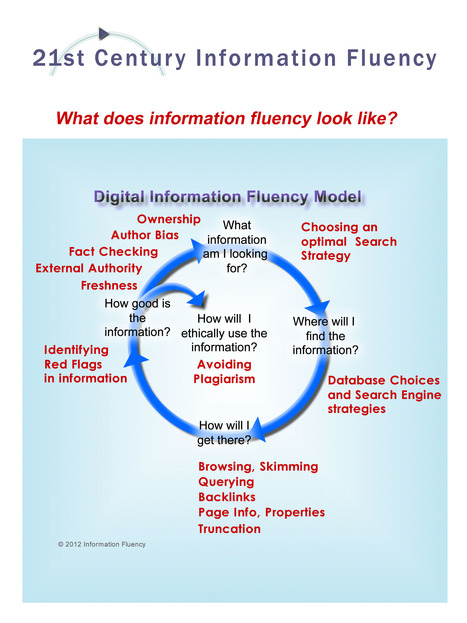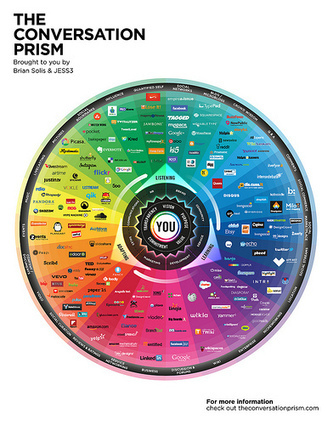Summer is nearly here, which means that students are eagerly awaiting long days of nice weather, relaxed schedules and time spent with friends instead of schoolwork. And while everyone can appreciate a good lazy day, the academic consequences of an entire summer off is not something to take lightly. In fact, ASCD reports that, on average, elementary students lose one month of learning over the summer. Even more concerning is the fact that learning loss from this “summer slide” seems to be cumulative.
Get Started for FREE
Sign up with Facebook Sign up with X
I don't have a Facebook or a X account
 Your new post is loading... Your new post is loading...
 Your new post is loading... Your new post is loading...

Christiane Windhausen's curator insight,
June 24, 2015 12:26 AM
6 wichtige Fähigkeiten, die es braucht, um gemeinsam zu lernen und gemeinsam zu wirklen. 
Bibiana Vargas's curator insight,
June 24, 2015 5:08 AM
A veces lo que creemos lejano no lo es tanto. Con un poco de orden, estructura y algo de información podemos conformar un paisaje de cultura digital y ciudadana para ser usuarios del siglo XXI.
Molly Frances Sheridan's curator insight,
May 13, 2016 8:38 PM
The Visual Article Infograph- I like that it has different colors to separate the different sections/ideas and different pictures/stick figures doing differnet things. But I think some of the shorthand could be reworded and made more clear.
Beth Dichter's curator insight,
April 5, 2015 11:11 PM
This post includes the inforgraphic (shown above) as well as additional information on pros and cons of flipping a class. The sections in the post are: * Flipped Learning for a Flipped World * Flipping the Numbers * Flipping to Engage Active Learning * Flipping from Passive to Active * In a Nutshell You may find new ideas in this post that will allow your learners to be be more engaged 
Elizabeth Roman's curator insight,
April 29, 2015 8:44 PM
Infografía sobre el aprendizaje invertido: ¿Qué apoyo se necesita? ¿Qué se hace dentro y qué se hace fuera del aula?

GTANSW & ACT's curator insight,
June 1, 2015 2:14 AM
The causes, impacts and responses to a geomorphological hazard

Ness Crouch's curator insight,
July 6, 2015 10:05 PM
Excellent infographic for showing Earthquakes :) 
Jason Nemecek's curator insight,
March 2, 2016 2:00 PM
Australian Curriculum The causes, impacts and responses to a geomorphological hazard (ACHGK053)
GeoWorld 8 Chapter 4: Hazards: causes, impacts and responses (4.5 - 4.6 Earthquakes)

Audrey's curator insight,
December 5, 2013 3:24 PM
Thanks for this Beth. I will add this to my tutorials for students. It is very helpful, Audrey. Also have a look at www.hotmoodle.com. 
David Baker's curator insight,
December 8, 2013 1:01 AM
I plan to share this at the School Accountability meeting I am chairing next week. We have a standing agenda item - the middle school student. This is a great resource and in a great format to start conversations at school and home.

J. Mark Schwanz's curator insight,
July 1, 2014 10:47 AM

Terry Doherty's curator insight,
July 1, 2014 12:44 PM
The bottom line is that U of F wants you to think about being a music educator. I really focused on the research about how music helps with language skills.
Florence HENCKE's comment,
August 9, 2013 3:10 AM
Thank you for this infographic and the sources you used, the importance of having fun while learning seems to increase in education. Good news !

Ines Evaristo's curator insight,
August 21, 2013 6:53 PM
Una buena infografía que resume estudios con resultados del efecto de los videojuegos en el aprendizaje de la educacion superior, cosa que no habia visto mucho. Además, el inicio es bastante claro, hacer un videojuego "serio" o educativo es doble reto: lograr los objetivos de aprendizaje propuestos y diseñar un gameplay igualmente divertido, motivador, estimulante... es la diferencia entre un videojuego educativo de un juego didactico.
Taryn Coxall's curator insight,
October 8, 2013 10:24 PM
This article gives great insight into the upcoming phenominon of "Game Based Learning".Although i have never seen it in my practises, after reading abit about it, i believe game based learning is something i would incoperate into my own classroom. Game Based learning provides a stimulating and engaging way of learning for children on a wide range of educational areas and topics. It is proven through this approach to learning students aremore likely to become motivated to learn, become increasingly engage and excel in their learning. great resource which has iven me great insight.

Laura Lubin, MS. Ed. HRD's curator insight,
June 22, 2013 8:58 AM
Amazing view into the science and how to personalize learning with universality in mind.

Jesse Garboden's curator insight,
July 17, 2013 9:19 PM
Google+ has Communites, they are better organized than Facebook groups.

Rosie Peel's curator insight,
June 8, 2013 3:07 AM
This is very insightful when creating an effective, authentic and reliable curation collection. It is resources like this one that I feel will benefit others in their teaching and learning journey. 
Dorothy Minor's curator insight,
July 8, 2013 3:29 PM
This infographic provides insight into showing how to enhance learning. Critical thinking is an important skill in today's world. Students need encouragement in taking ownership of their own learning. We can find ways to encourage students from this link. 
Daniel Jimenez Zulic's curator insight,
August 3, 2013 12:04 PM
Ya en el esquema se ve como ir mejorando la practica, seleccion y calificacion de los sitios y contenidos. |

Succeed Education's curator insight,
October 20, 2016 6:06 PM
Great article about how the brain learns. 
Serge G Laurens's curator insight,
October 28, 2016 3:29 PM
Brain Hacking 304: Why Every Educator Needs To Know How The Brain Learns
Beth Dichter's curator insight,
April 19, 2015 2:23 PM
Do your learners know what happens when the read, or when stories are read to them. This post, from the Open Education Database, provides a visual (that you may want to print out and share with learners and their families) as well as 10 ways that reading helps your brain workout. The list is below. * We make photos in our mind, even without being prompted. * Spoken word can put your brain to work. * Reading about experiences is almost the same as living it. * Different styles of reading create different patterns in the brain. * New languages can grow your brain. * Your brain adapts to reading e-books in seven days. * E-books lack in spatial navigability. * Story structure encourages our brain to think in sequence, expanding our attention spans. * Reading changes your brain structure (in a good way)). * Deep reading makes us more empathetic. To learn more about each of these points click through to the post.
Jean-Louis LEFEBVRE's curator insight,
February 5, 2015 4:19 AM
Leçon d'infographie dans une présentation visuelle du connectivisme. 
Richard Samson's curator insight,
February 9, 2015 2:35 AM
Is Moodle connectivist (Piaget)? Or socioconstructivist (Vygotsky)? (Have I got those associations right?) Or is it both? Hey-ho! More work to do! 
Jason Leong's curator insight,
February 11, 2015 4:35 AM
"#4 Capacity to know is more critical than what is currently known, i.e. "Know-where is more important than know-how and know-what""
Sharaya Baltimore's curator insight,
September 20, 2016 12:29 PM
I like that it gives a comparison of behaviorism, cognitism and constructivism (even though we aren't looking at that school) and it also gives information about the teachers, learner and techniques, etc.
Susmita Dhungel's curator insight,
September 14, 2017 12:03 PM
This article explains the differences between behaviorism, cognitivism, and constructivism. It shows differences in each school's teachers, learners, types of materials, techniques, and factors. 
Krystal Robles's curator insight,
September 21, 2017 11:54 AM
I don't get as to why they all can share these things. The arrows indicate that the things relate to each other.
Beth Dichter's curator insight,
April 12, 2014 6:44 AM
Do you have a set of dice in your classroom? If not you may want to locate a set. This infographic provides 36 brainbreaks for students, all based on rolling the dice. Although many of these activities may not be new to you the fact that the decision is made by rolling two dice is a great way to engage your students, and to teach them a lesson in probability. In fact, if you choose to do this over a period of time you might also record each activity and at some point discuss probability with them. You might also print a copy.This would allow one student each time to roll the dice, and the other to read out the brain break. Please be aware that you will need to fill in a form to access the graph. If you find this version too difficult for your students you will find a simpler version of it at http://www.yourtherapysource.com/files/Roll_Some_Fun_Freebie2.pdf 
Monica S Mcfeeters's curator insight,
April 12, 2014 10:25 AM
Here is something fun to offer your students! Thanks Beth! 
Mick D Kirkov's curator insight,
April 18, 2014 4:02 AM
Kind of Isaac Asimov's Multivac decisions based on flipping a coin, "Heads or tails, gentlemen?" http://www.olivenri.com/machine_won_files/The_Machine_that_Won_the_War01.pdf
Educative, no doubt.

Dillon Thomas's curator insight,
February 1, 2014 5:55 PM
SCOOPS -- I began using Scoop when I was defining myself a LITE FEET DANCER. There was no single source of info about Lite Feet dance, a NYC Born Battle dance phenom and YouTube Sensation. I created LITE FEET SCOOP TO reference for my own resume but also to provide anyone interested a link to the multitude of YOUTUBE Channels, Sound Cloud and personal sites dedicated to this unique art form and the talented dancers who participate.

Annie 's curator insight,
December 5, 2014 8:18 PM
Scoop.it helps with the process of curating content. This is a must for your social media.

Steve Whitmore's curator insight,
August 14, 2015 8:05 AM
This is a great infographic for showing the thought process of finding information. 
Terry Yelmene's curator insight,
August 16, 2015 11:50 AM
A pretty well-reasoned, fundamental thought process for most knowledge work research. This serves as an even better backward (there-to-here) model to guide the core research workflow process automation a knowledge worker may want to devise, install. Think work product-informed -> DevonThink structures -> DevonAgent w/'Active Filtered' automated searches. The most important drivers here are - 'ethical' - (more than just multiple sources, a stage needs to be added at the work product stage to provide authenticity) and - 'bias' - (a post automated search, subsequent manual search for corroborating items selection to provide authority). corroborating

Thomas C. Thompson's curator insight,
July 5, 2013 1:42 AM
An updated and thoroughly revised version! 
Liz Dorland's curator insight,
July 5, 2013 1:22 PM
I like it. But can folks new to social media learn from this graphic? Is there a less complex place to start and work up to it?

Rosie Peel's curator insight,
June 8, 2013 3:07 AM
This is very insightful when creating an effective, authentic and reliable curation collection. It is resources like this one that I feel will benefit others in their teaching and learning journey. 
Dorothy Minor's curator insight,
July 8, 2013 3:29 PM
This infographic provides insight into showing how to enhance learning. Critical thinking is an important skill in today's world. Students need encouragement in taking ownership of their own learning. We can find ways to encourage students from this link. 
Daniel Jimenez Zulic's curator insight,
August 3, 2013 12:04 PM
Ya en el esquema se ve como ir mejorando la practica, seleccion y calificacion de los sitios y contenidos. |




![10 Ways to Keep Students Learning Over the Summer [Infographic] | EdSurge News | Professional Learning for Busy Educators | Scoop.it](https://img.scoop.it/aVMWr-eNyZaOInsNypSJ1zl72eJkfbmt4t8yenImKBVvK0kTmF0xjctABnaLJIm9)


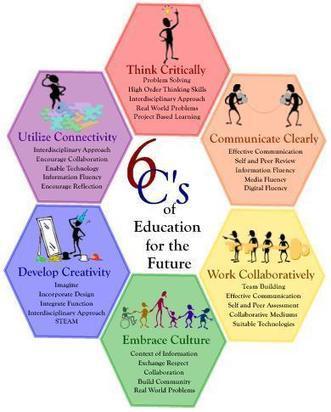


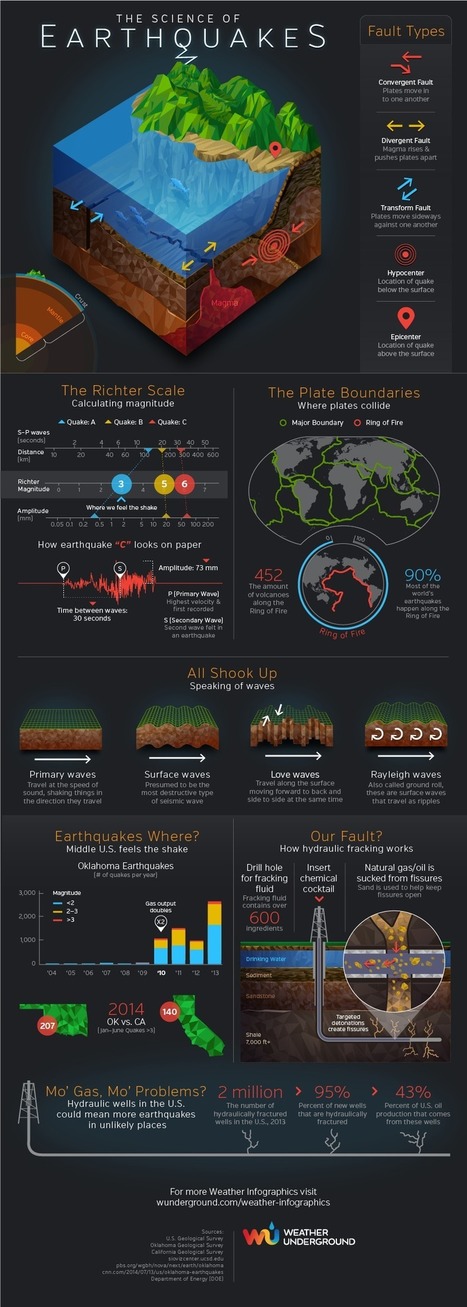


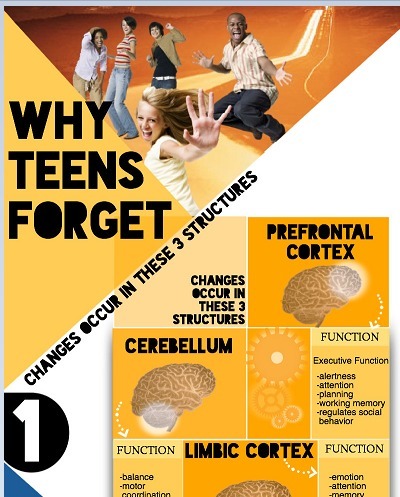

![A Wonderful Graphic Featuring The Importance of Music in Education [Infographic] | Professional Learning for Busy Educators | Scoop.it](https://img.scoop.it/kGy4ietjhK3B43e3oGDR5Tl72eJkfbmt4t8yenImKBVvK0kTmF0xjctABnaLJIm9)

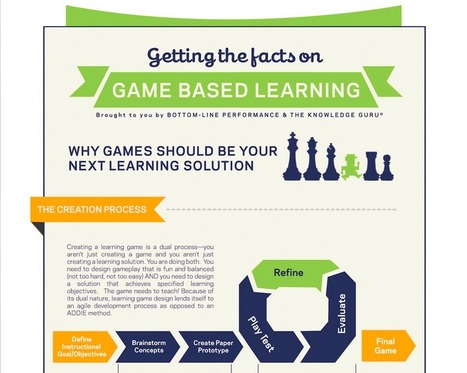
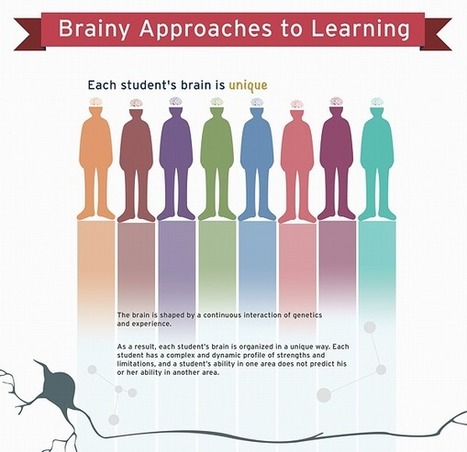

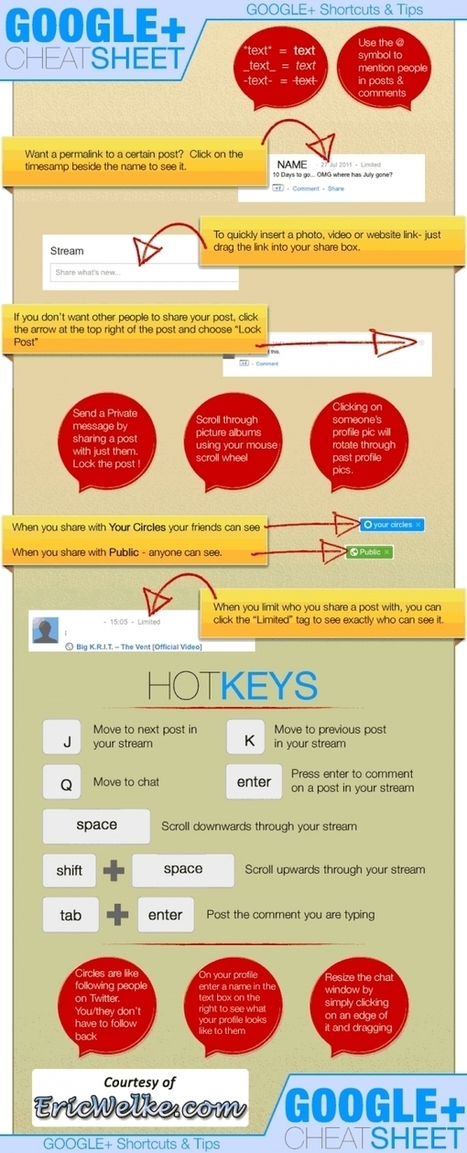


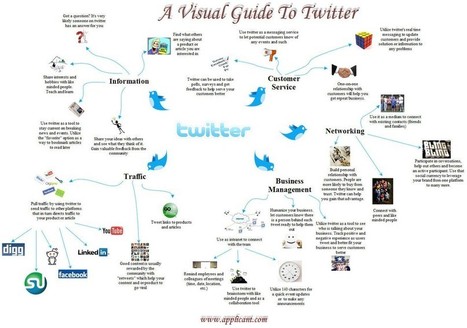



![Curation for Teachers [Infographic] | Professional Learning for Busy Educators | Scoop.it](https://img.scoop.it/x2S7m-nvkwhh2bn1YCFA0jl72eJkfbmt4t8yenImKBVvK0kTmF0xjctABnaLJIm9)
![10 Last-Minute Test Prep Ideas to Improve Test Scores [Infographic] | EdSurge News | Professional Learning for Busy Educators | Scoop.it](https://img.scoop.it/J290OWSJaQSmozKxmunw7Tl72eJkfbmt4t8yenImKBVvK0kTmF0xjctABnaLJIm9)


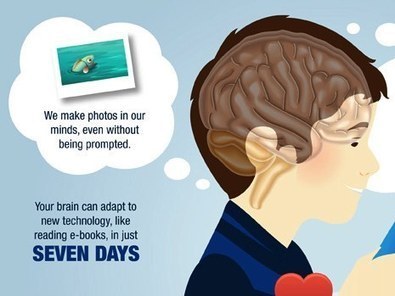
![Connectivism [Infographic] | Professional Learning for Busy Educators | Scoop.it](https://img.scoop.it/g80D1nB72U-guyGWfI-QRTl72eJkfbmt4t8yenImKBVvK0kTmF0xjctABnaLJIm9)
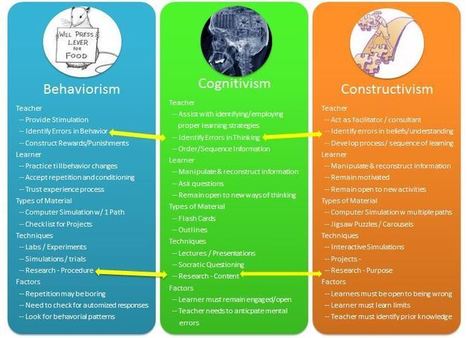
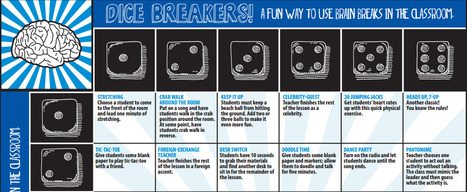
![Scoop.It for SEO – A New World of Curation [Infographic] | Professional Learning for Busy Educators | Scoop.it](https://img.scoop.it/K1jyAzAS4jUQBxVtjMlfFTl72eJkfbmt4t8yenImKBVvK0kTmF0xjctABnaLJIm9)
